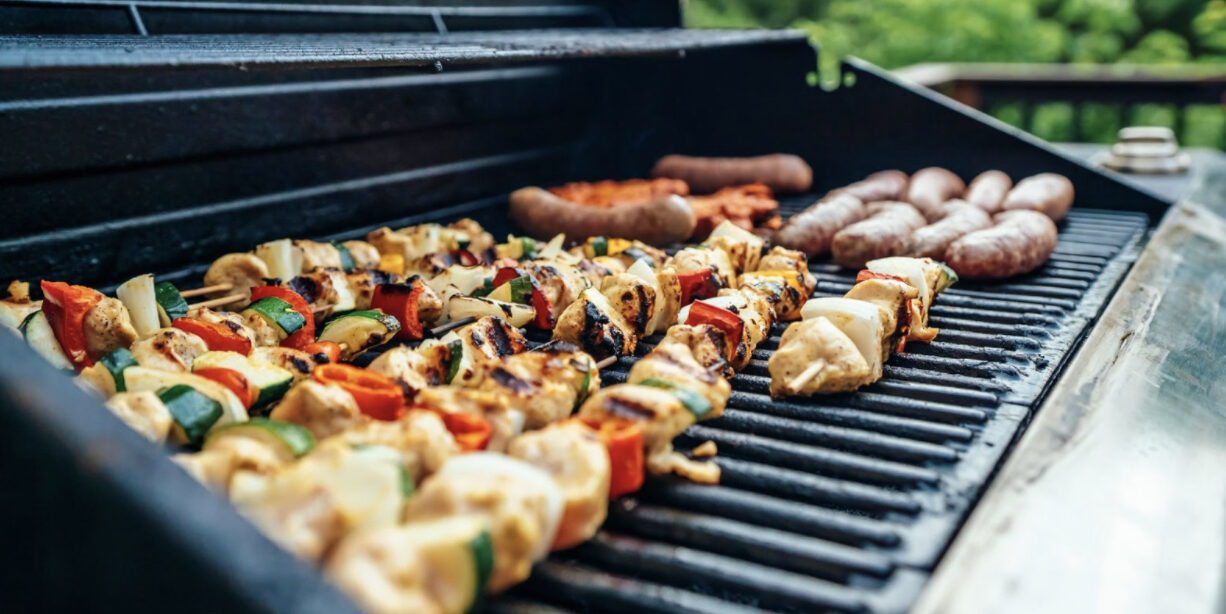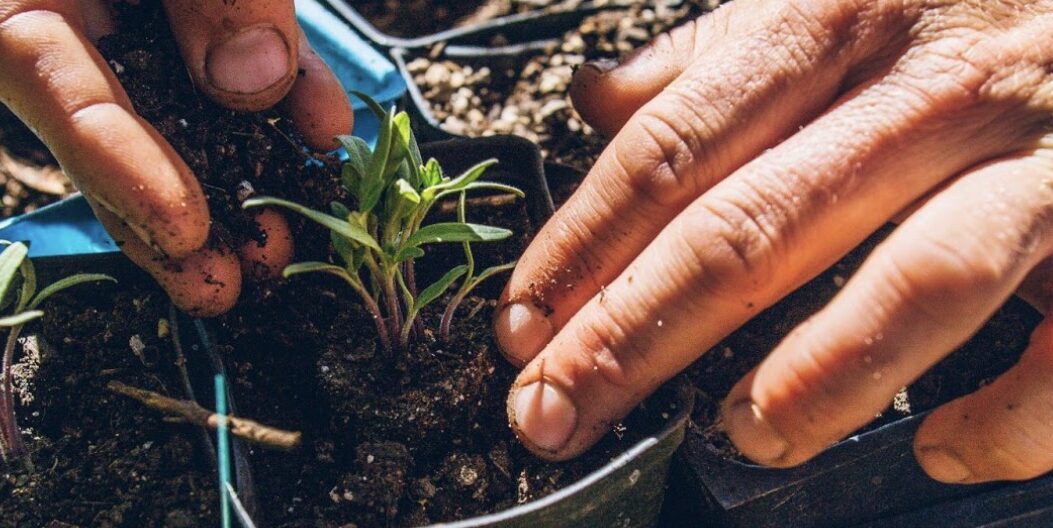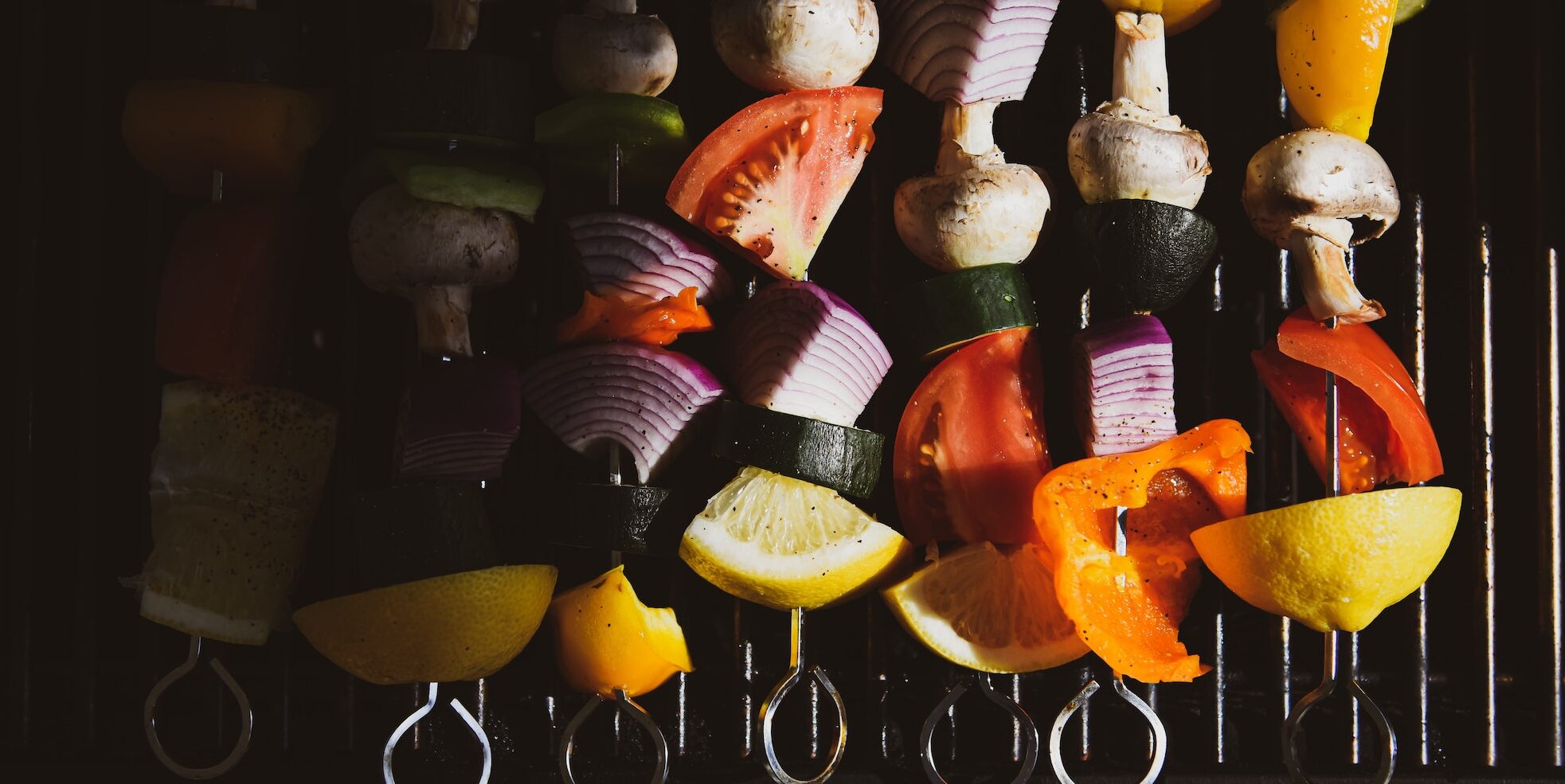Our Favorite Summer Garden Recipes
July 29, 2021 Living Well Recipes for Your Summer Garden There’s no better way to celebrate summer than cooking from your own garden. Whether you’re in the mood for a fresh salad, tender grilled…
June 23rd is National Soil Health Day
June 25, 2023 Living Well Why Soil Health Matters and How Your Garden Can Help Just like water and air, soil is one of the essential ingredients that supports all the lifeforms on the planet.…
Homegrown Summer BBQ Inspiration
MAY 28, 2021 Living Well Nothing says summer quite like firing up the grill and crafting a delicious meal from your own garden. Eating any meal outside is a delight—have you ever noticed that food…
The Living World Within Soil
June 25, 2021 Living Well Why is it so important to nourish your garden with organic ingredients? It’s all about the life within our soil. Soil is virtually seething with life. There are…




